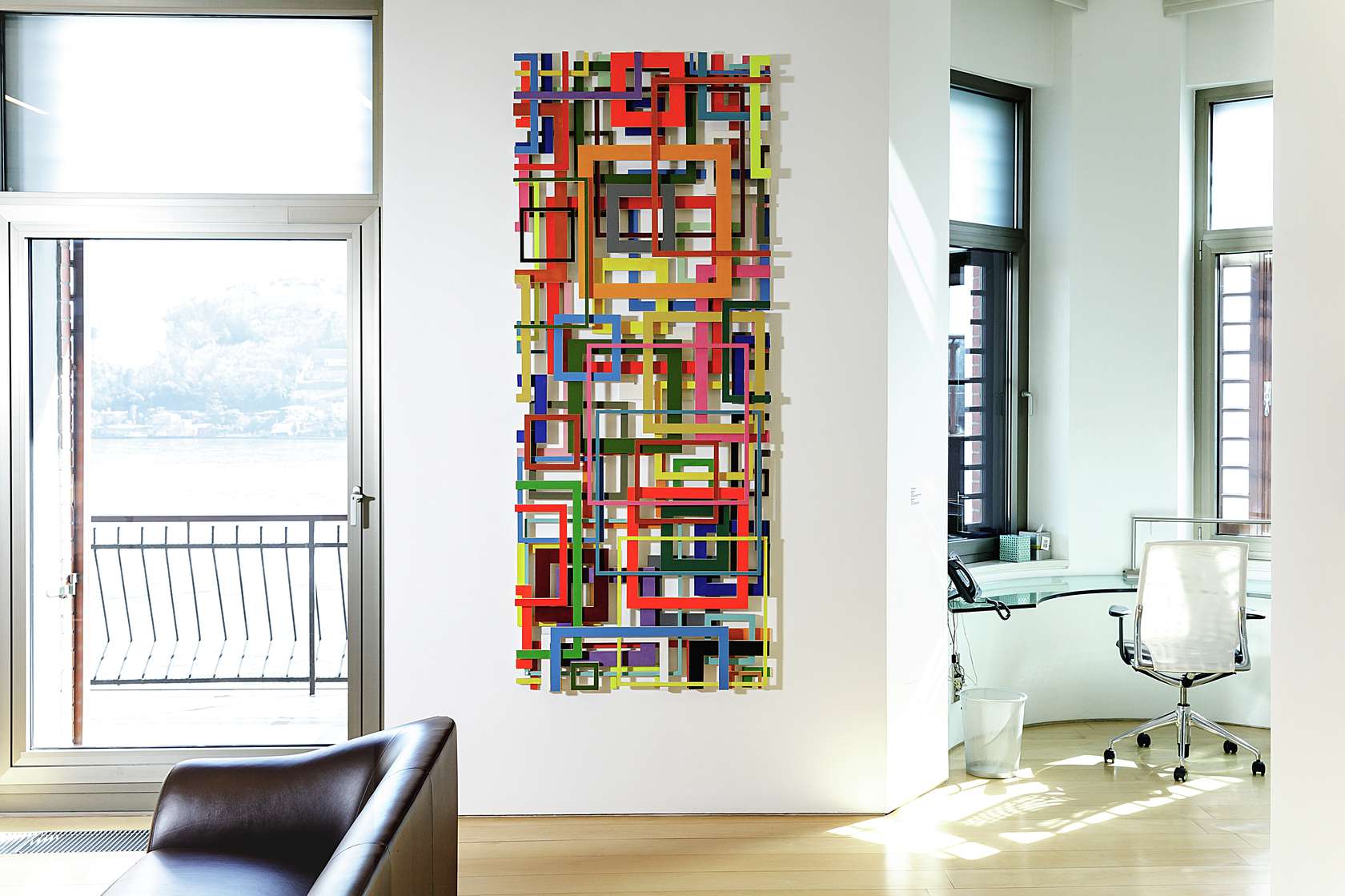The new collection exhibition at Borusan Contemporary is based on the lines “they are uttered and left unfinished / all the loves in the world” by the poet Turgut Uyar, bringing together different tendencies of international contemporary art to questions of aesthetic research triggered by today’s conditions. In our day, the rapidly changing economic, political, and social developments have a profound impact on the creation processes of artworks. Since Borusan Contemporary Art Collection brings together the experimental works of artists working in different cultural geographies across the world, it is possible to closely trace the effects of global developments on art. The new visuality that contemporary art presents to the audience by using digital expression techniques is both participatory and experimental. The exhibition aims to make this experimentation, one of the main features of the collection, more visible.
The helical character of the exhibition is based on two important sources. The first of these is the group of works that are newly added to the collection and the other is the group of works created by the artists as series. The studies presented in one group or in groups aim to underline that the collection is not ”Western-centralistic”. In the exhibition the interpretations of Other Modernisms, especially from South America, Korea, and China, show the reflections of global changes on artists living in different corners of the world. These reflections have different characteristics based on abstract images, irony, and metaphors. The exhibition aims to develop a different interpretation model by applying the metaphors of Turgut Uyar, who is considered to be one of the most important representatives of Modern Turkish poetry, to discuss these features which cannot be grasped quickly. Uyar defended a humanistic viewpoint in his poems, which have not lost their impact fifty years after they were written. The exhibition’s humanist approach takes contemporary interpretations as a departure point while looking at poems as both a guide and a subversive tool.
